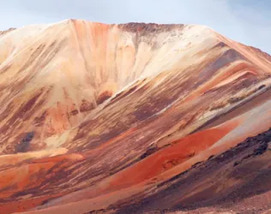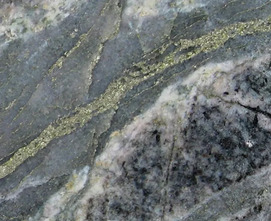Ore Deposits of the Central Andes
The Central Andes has one of the richest base metal endowments on Earth. In 2017, the Central Andes accounted for the mine production of around 39% of the world’s copper, 23% of its silver, 20% of its molybdenum, 14% of its zinc, and 12% of its tin as well as significant shares of other metals including gold and lead (USGS 2018). These metals are found in a variety of ore deposits of which by far the most important are those that occur as part of the “porphyry system” in the sense of Sillitoe (2010). However, important ore deposits of other mineralization styles also occur in the Central Andes. This info box presents characteristics of main and/or representative Mesozoic ore deposits that occur between latitudes 11°S and 30°S.
Ore Deposits of the Central Andes Read More »



